Over the past couple of years I’ve been working through a shoebox of expired film given to me by a friend. I started with some exotics – some 120 Agfachrome 100, some Ektachrome 100 and160T, some Portra 160 NC and the like before I moved down to the regular stocks. Most of the stuff was, as far as I could tell, about 20 years old and had never been near a fridge. The E6 stock was really useful; I’d shot a couple of successful projects with it, made work for exhibition, all that stuff, but it was gone. Then, rummaging through the 135 that was left, I noticed five rolls of Fujicolor Press 800.
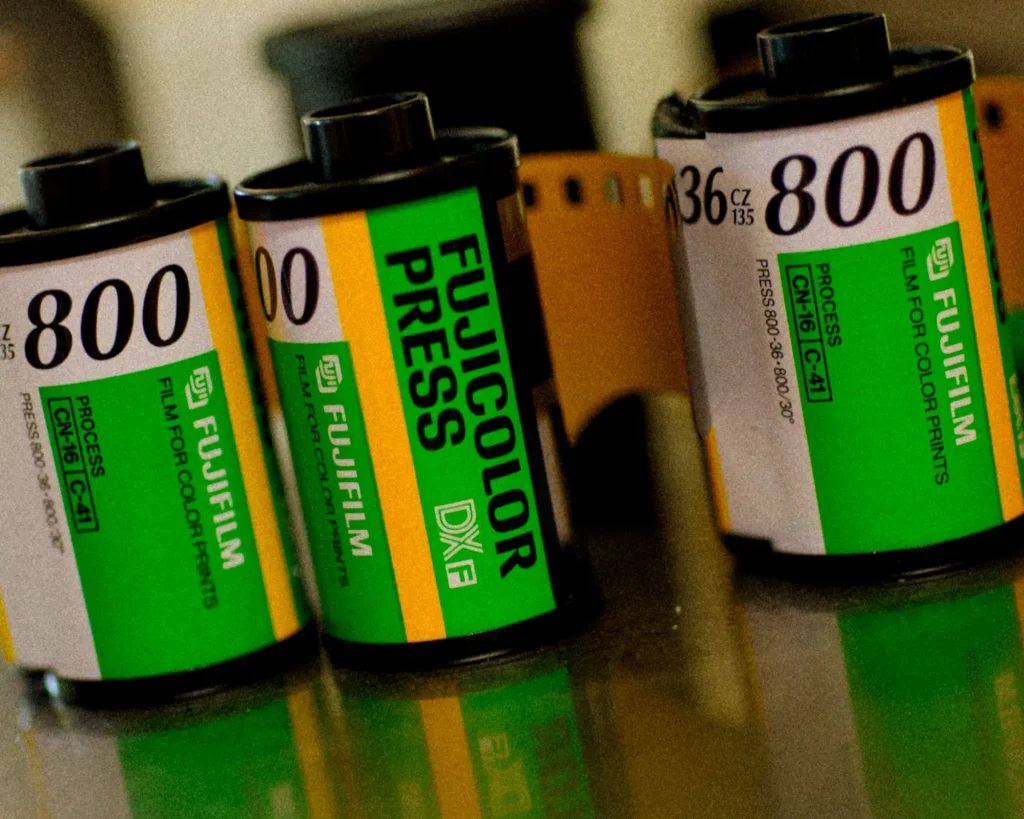
I’m generally not a fan of expired colour neg and back in the day I never used anything faster than 400. I must explain; generally when people say. “I like the colours that expired negative film gives me.” I just don’t buy it. So much comes from the scanning and post, and there’s not much I can get from expired film that I can’t get from fresh film, while there’s a whole lot I can’t get. Sure – I always like exploring the limits of what’s on the neg, but mostly I’d rather decide myself where to put the highlights and shadows and how the curves look. You can always take out what’s on the neg but you can’t add what’s not there. Also, because I work in series, having one outlier roll is of little point. I’ll want to have a consistent look over a whole project. But here the Fuji 800 was interesting because there were five rolls from the same source, so I figured I could shoot one roll as a test and then I’d have four rolls to think of a use for later. And anyway – this film was given to me. I feel a responsibility to either use it myself or pass it on to someone who will.
But what subject? Why – Christmas of course! I always take family photos at Christmas and it had been at least 15 years since I shot film. Digital had replaced film for me with a Nikon D70 in 2004 then in 2008 came the D700 which is still my favourite camera for people photos.
Next – what camera to use? What better than the F4 I bought for cheap on a whim a couple of years ago. It is such a beautifully designed and engineered lump of goodness. I love the ergonomics (except the AF lock) and every control is accessible through dials.
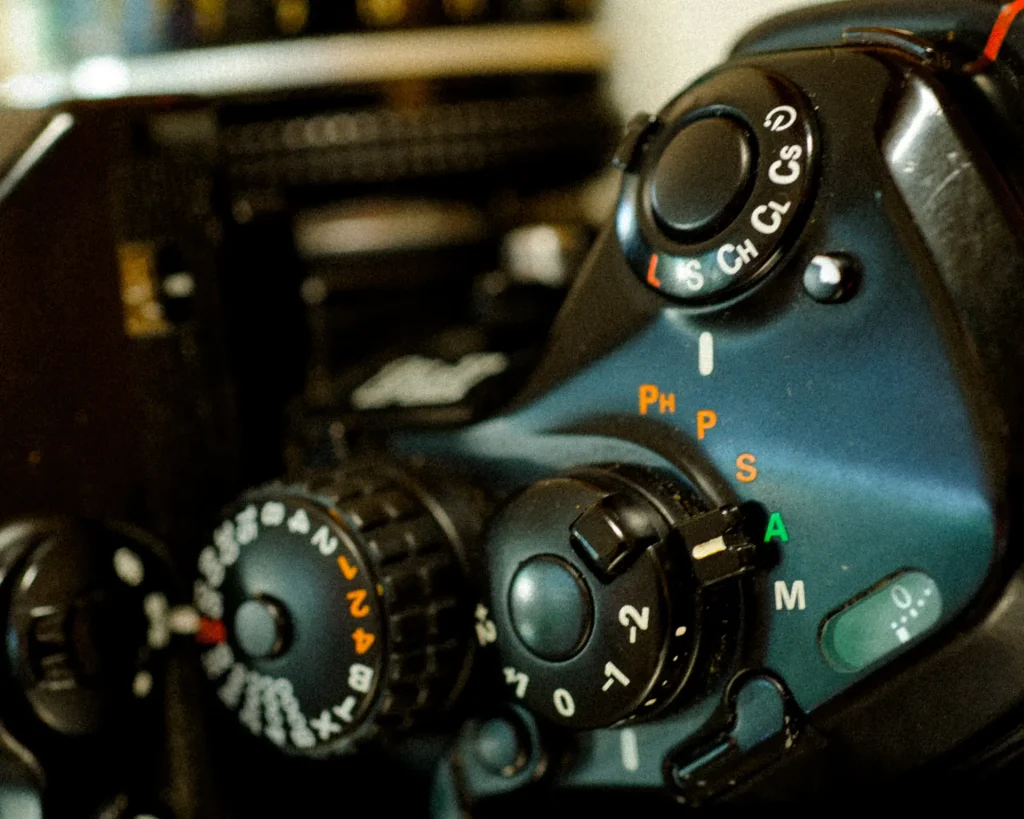
Because the F4 is so big and heavy it rarely leaves the house, but that weight coupled with dampening in the mirror is great for holding the body steady for slow speeds. And the F4 is auto-focus; perfect for fast moving children. Well, in theory it’s auto-focus. I mounted the 35-70 f2.8 AFD that is my go-to in the D700 and the focus was too slow to be useful. The F4 has one single AF point, and it is possible to focus and recompose using a button on the front of the body next to the lens, but this needs a bit of familiarity that I don’t have. I tried the 50mm f1.8 AFD but same story – too slow – so ditched AF in favour of a manual focus 50mm f2.0 – which happens to be one of my favourite rendering lenses of all time anyway. One of the great things about the F4 is how it matrix meters with a huge range of old Nikkor glass. An unexpected bonus with my F4 was that it came with a split-image screen instead of the original, which for me is a manual focussing must-have.
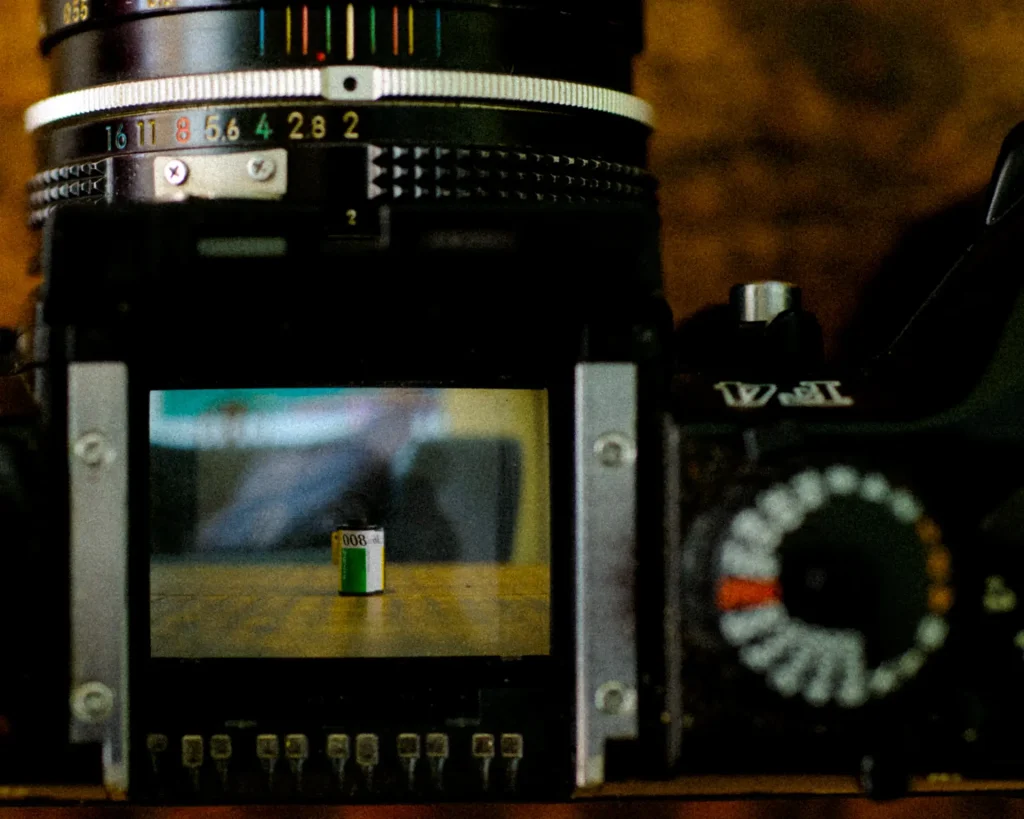
Anyway, thus armed I was ready for action. I guessed that ISO 160 would be about right for film in this condition so I selected that for the metering, switched to aperture priority and away I went. 160 is my go-to speed for 135 anyway, as my preferred stock is Portra 160. I find Portra 400 just a bit too grainy in 135, but I really like the rendering and range of Portra, so I’ve been using 160 exclusively for the last year or so. But this is partly a style decision; I like a bit of blur and I’m not trying to sell these to a lifestyle magazine; they are just for my own amusement. As it turns out, I think I guessed about right. The base of the developed film was very dark and murky and it was hard to make out the frame numbers. The shop scans were pretty flat, but I liked what I got once I put a bit of punch into them. The observant reader might also notice that I had a bit of fun with this piece and and tweaked my digital shots here to mimic the film.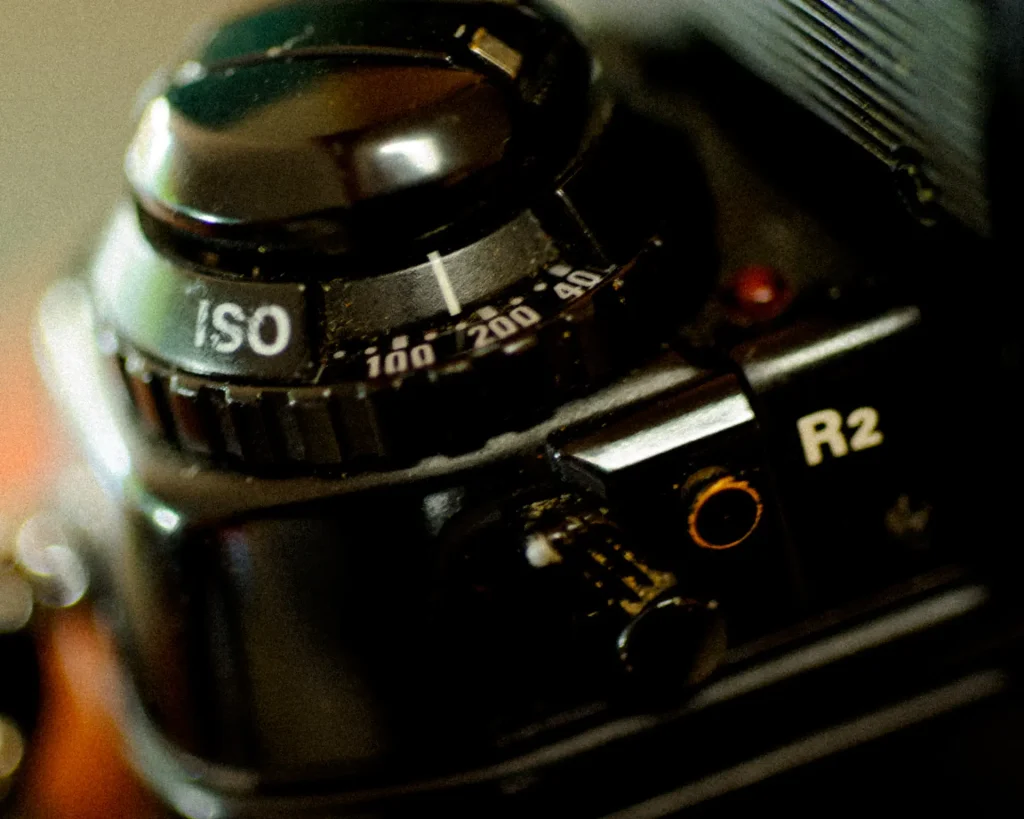
OK – to the shots.

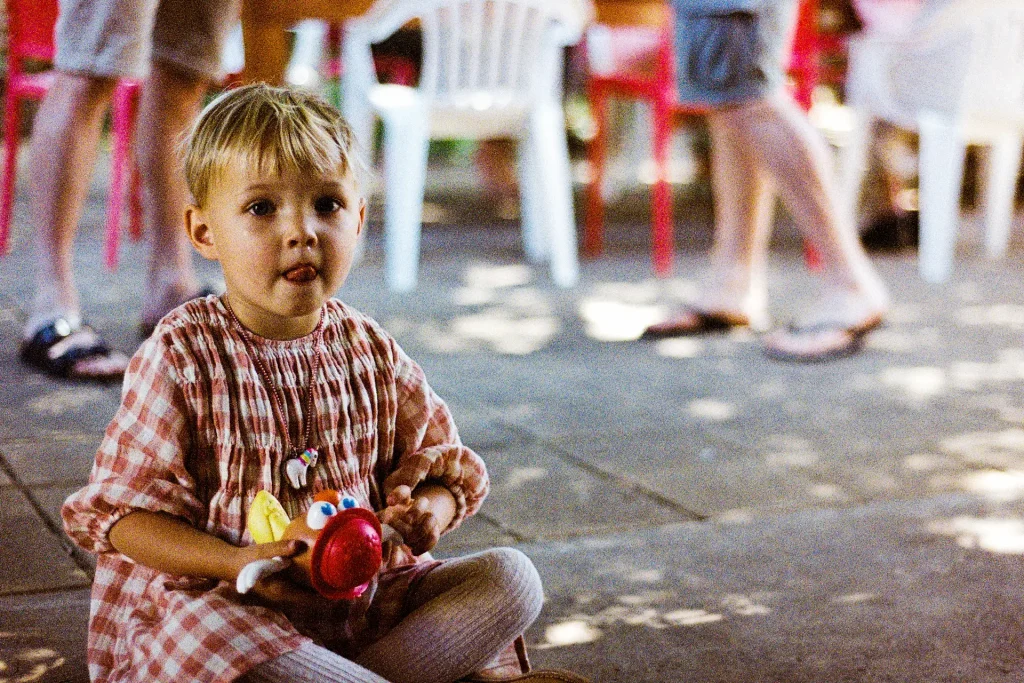
As I said, the scans came back a bit flat, but that is just how I like them. I want my scans to have as much of the info the neg recorded as possible, and then I can make my own decisions of where I want the blacks and the whites to lie, and what sort of curves I want.
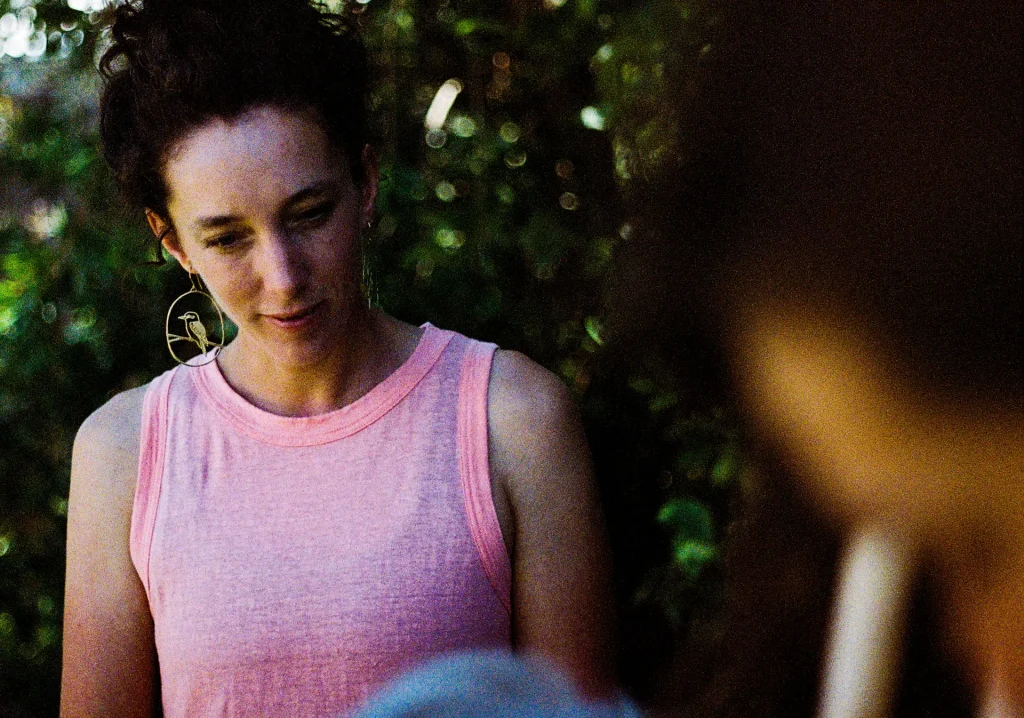
Thoughts? This was fun. The shots are a bit better than my usual Christmas snaps and I think that’s because I was having fun and paying attention. Despite my curmudgeonly attitude to expired film, the fact that this was expired had a fair bit to do with the success of the images I think.There was something nice about playing with the uncertainty of what might come back from the films that made me think and concentrate more. I was also interested in how the sharpness of the lens and depth of field would play with what the film grain and contrast (or lack thereof) might give me. Another nice thing about the F4 was that the high top shutter speed meant I could leave the lens wide open indoors and outdoors for a consistent look.
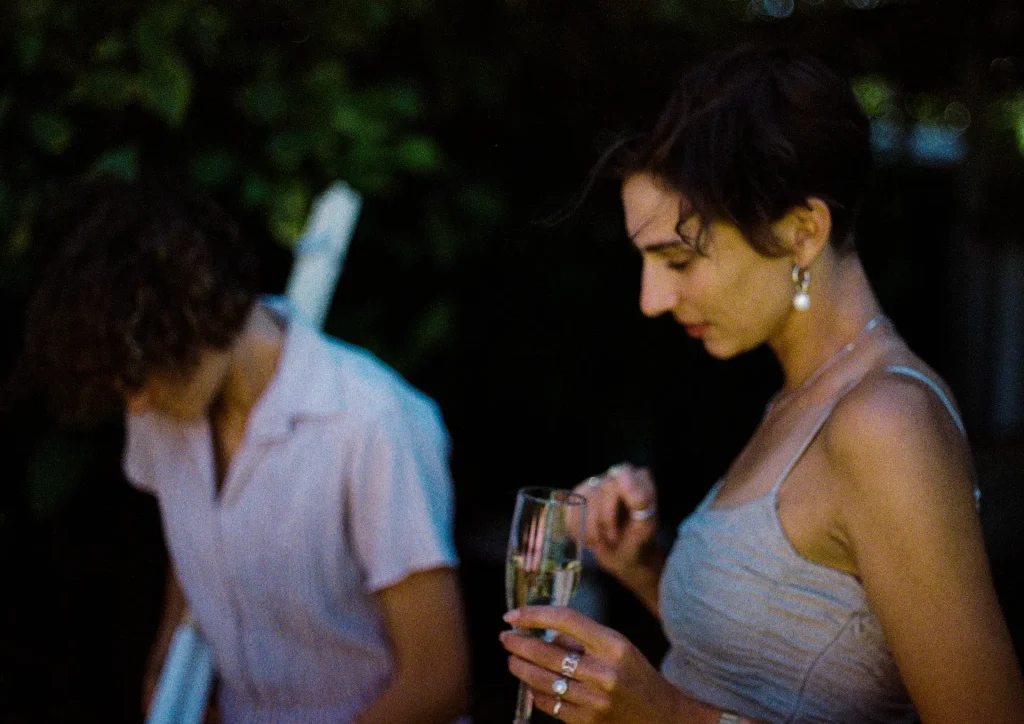
Despite my affirmations against expired film, if I’d been shooting fresh Portra there would not have been that frisson of uncertainty that made me shoot a bit more carefully. Well, to be blunt I would not have bothered shooting film at all. This was Christmas at my house remember, and so taking photos was a long way down the list of things to do that day.
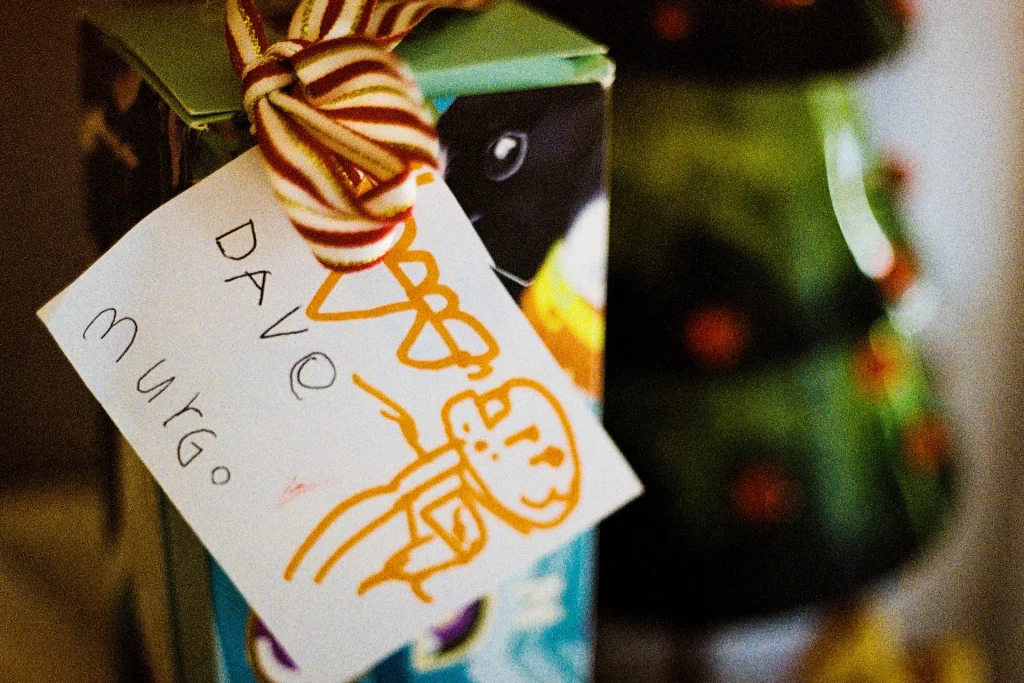
Results? Well, I have four rolls left, and that’s enough for a project. I like the slight brown/yellow cast that came off the shop scans and which was hard to correct in post. If I get serious I’ll digitise these myself, but one thing I can’t change is the grain. There is more grain here than I usually want, but I’ve taken note; if I want grain I have four rolls left that are damn full of it.
Share this post:
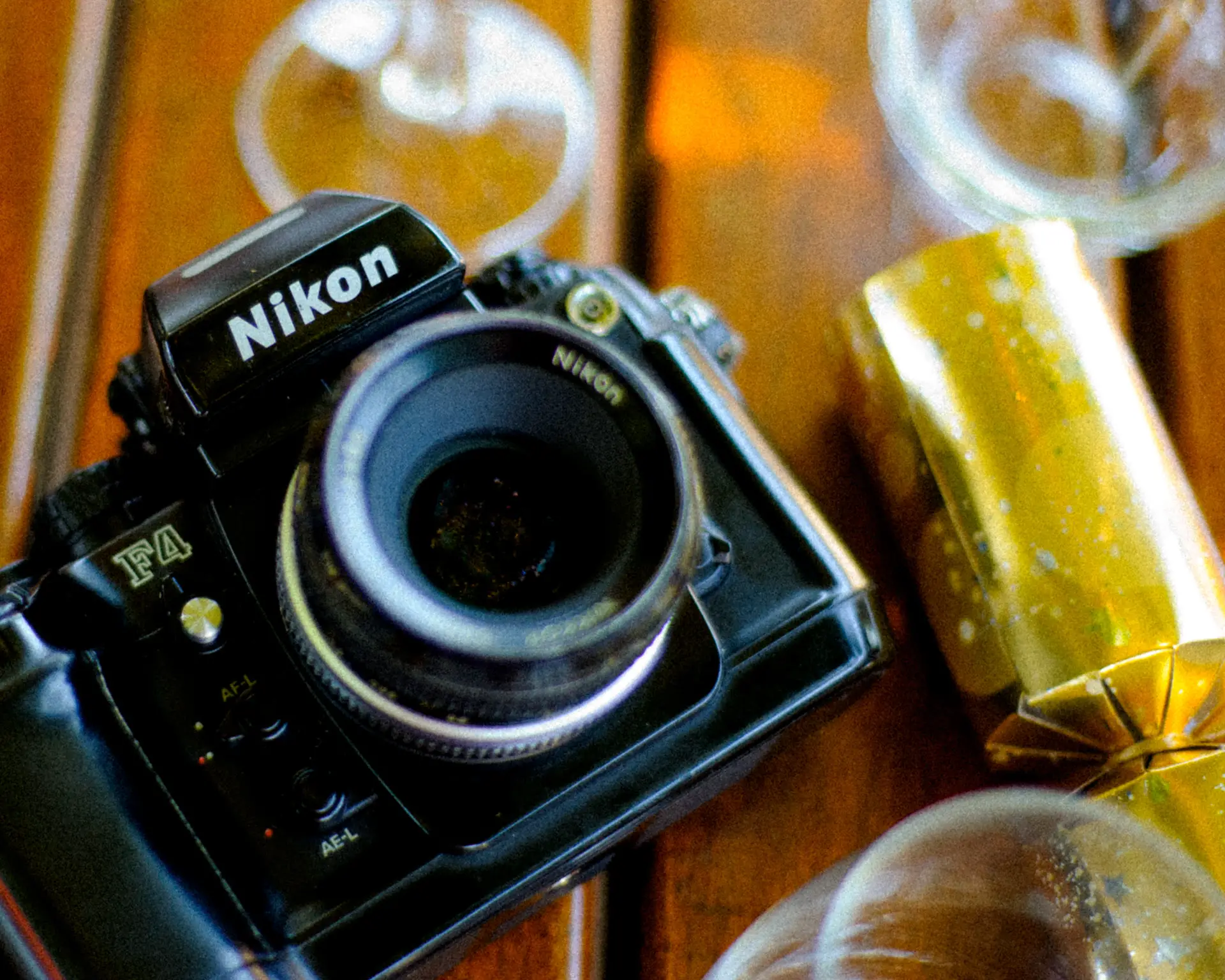



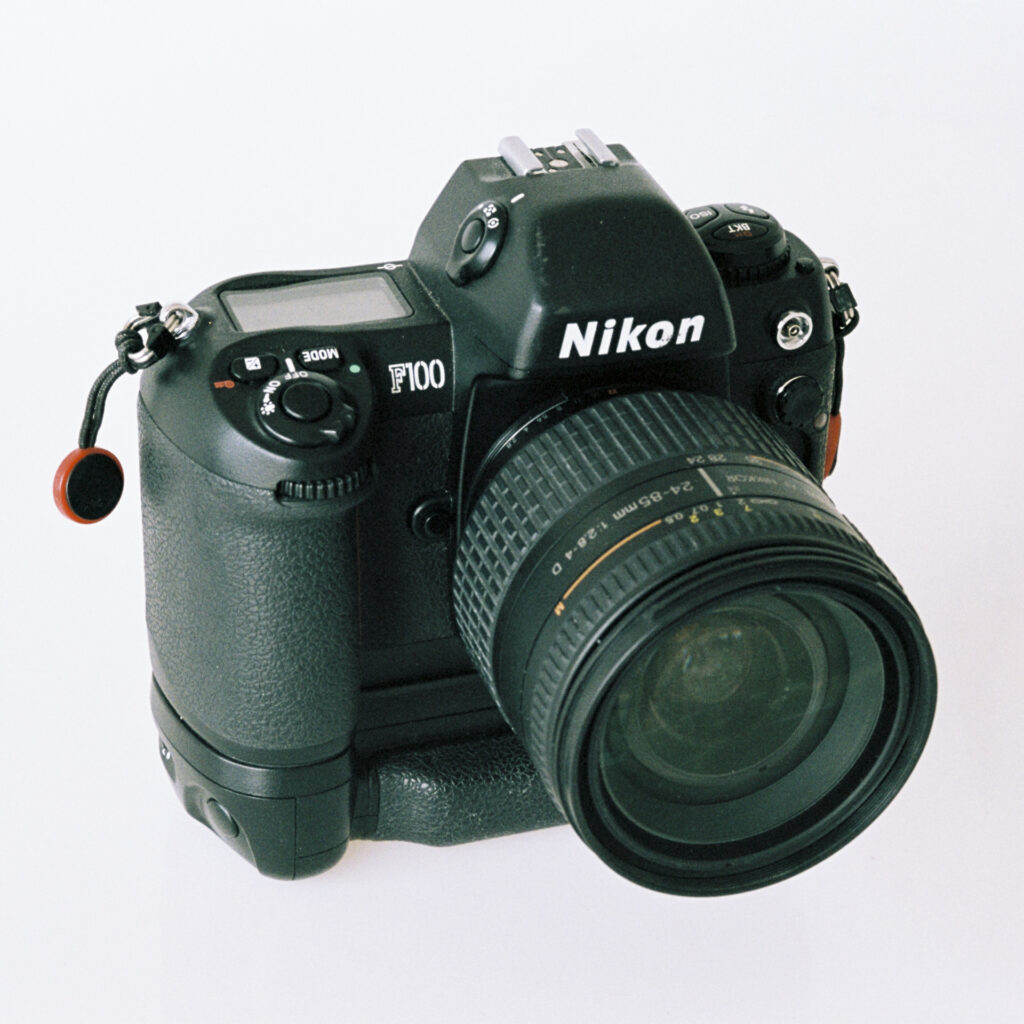




Comments
Bill Brown on 5 Frames with Expired Fujicolor Press 800 in a Nikon F4 – By David Hume
Comment posted: 12/02/2022
I have been shooting Portra 160NC and Portra 160 as my go to stock since the mid 2000's. Generally I don't like higher grain negs but that varies by subject matter. As far as dealing with the colorcast in your files I would probably recommend either selective color adjustment or/and curves to set your white point_black point with chosen colors. I might also try a luminosity mask if you want to isolate the adjustment to a specific density region. Have you ever tried just adjusting the master Hue slider? The results can be interesting if not helpful. Finally, sometimes just a white balance adjustment in ACR will do the trick. I deal with color correction on a daily basis in my work and there is virtually no cast that can't be overcome if desired and not with hours of fiddling. Oh, I totally agree about the flatter scans methodology.
Continue writing about your expired film adventures. Maybe it will inspire me to step out of my safe zone every now and then.
Comment posted: 12/02/2022
Nik Stanbridge on 5 Frames with Expired Fujicolor Press 800 in a Nikon F4 – By David Hume
Comment posted: 12/02/2022
Comment posted: 12/02/2022
Kodachromeguy on 5 Frames with Expired Fujicolor Press 800 in a Nikon F4 – By David Hume
Comment posted: 12/02/2022
Comment posted: 12/02/2022
Steve on 5 Frames with Expired Fujicolor Press 800 in a Nikon F4 – By David Hume
Comment posted: 12/02/2022
I share your view that any film, no matter its age or storage conditions deserves to be shot - if only to satisfy one's curiosity and challenge one's ability to draw out some pleasant or even uniquely attractive results. Besides, there's always the fall-back to black and white and the vintage look by which such editing might "save" a really flawed color neg
Thanks for sharing the adventure here.
David Hume on 5 Frames with Expired Fujicolor Press 800 in a Nikon F4 – By David Hume
Comment posted: 13/02/2022
Huss on 5 Frames with Expired Fujicolor Press 800 in a Nikon F4 – By David Hume
Comment posted: 14/02/2022
Nice pics.
Comment posted: 14/02/2022
Comment posted: 14/02/2022